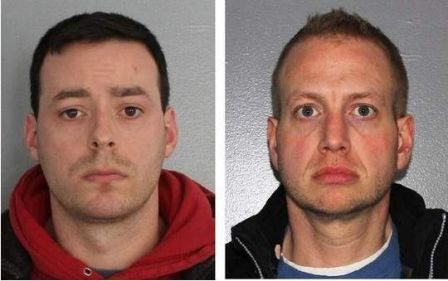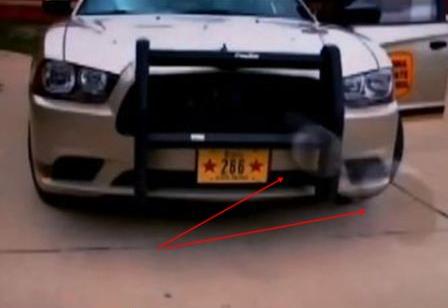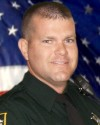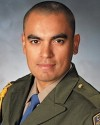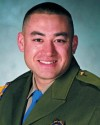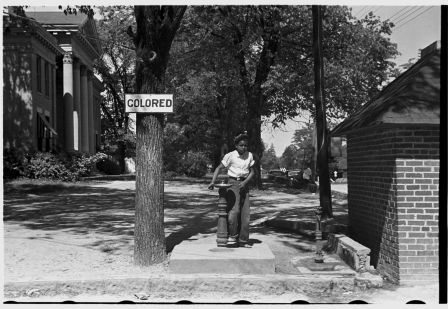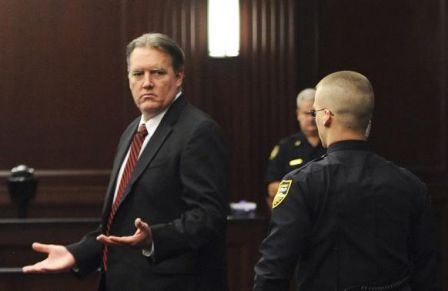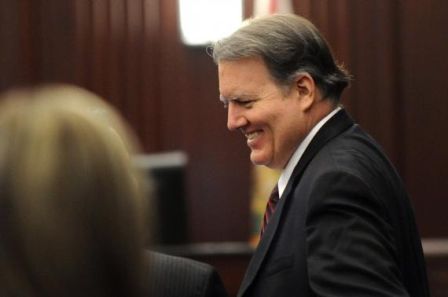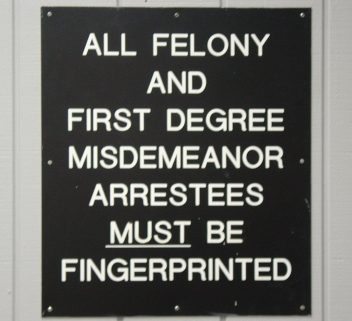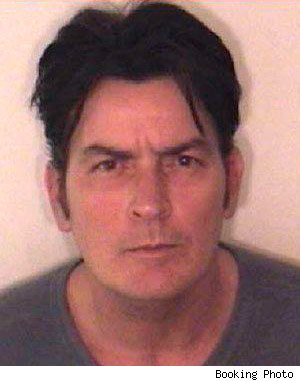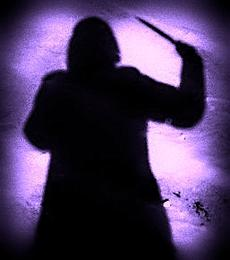Writing these Good Cop/Bad Cop reviews over the past few years has been quite interesting, to say the least. Melanie and I write our individual sections without reading the other’s. Then they’re pieced together and images are inserted. Sometimes our view of the episodes are sort of close while other times we couldn’t be further apart if we stood on different planets. This week, I think I’m on Saturn and she’s on Mars.
How about you? Do you stand with Melanie, or do I bring out the Soft Scrub and try to wipe away those pesky rings before you arrive?

Melanie Atkins
Another good episode this week. Not great, but pretty darned good. A weird case, trouble in Alexis-land, and a wonderful moment between Alexis and Kate. Throw in Castle over the moon about the odd turns in the “story” that was their case, and I had to smile. Never mind the cringe-worthy statements from Lanie at the crime scene. I’d like to know how in the world she checked the victim’s liver temp when his shirt was still tucked in, but I digress.
As you know, I’m along on this ride to dissect the relationship part of the show. This episode did not disappoint. After we got a brief view of our victim at the Best Traveler’s hotel, Kate and Rick wake up to the smell of coffee and go investigate. They obviously believe they’re alone in the loft. Don’t know where Martha is, but I’m assuming she was out. Not only do they find a steaming cup of java on the counter, but Alexis pops up and scares them both to death. Turns out she spent the night because her tutoring job went late and she couldn’t get a train. Rick urges her to move back in since she and Pi the fruitarian broke up and she’s living alone now, but she resists, claiming she has to fulfill her lease.
Alexis’ decision bothers Rick, and he tells Kate he doesn’t understand why the girl won’t come home. Sure, Alexis said she wants to fulfill her lease, but he believes something else is going on. He’s also worried she’s burning the candle at both ends. Between school, her work-study program, and tutoring for extra money, she’s exhausted. Rick’s a good dad, so naturally he is concerned. Kate’s stark reaction to his insistence that something other than the lease is keeping Alexis from coming home told me Kate believes she may be the reason. That Alexis doesn’t want to interfere in Kate’s relationship with Rick, or that maybe the girl no longer believes the loft is her home.
As one, then two, and finally three seemingly ordinary people confess to the crime, Kate continues to ponder the situation with Alexis. We get a quick glimpse of a one-sided phone conversation with an anonymous person, and at first I assumed the call had to do with the case. Turns out, however, that Kate had taken the bull by the horns and called Alexis to set up a meeting at a coffee shop.
I’ve wanted to see Kate and Alexis bond for a long time now, but Alexis dove into her relationship with Pi around the time Kate and Rick got engaged and pretty much ignored Kate. Maybe she had trouble accepting the fact that her dad was in a real relationship, or maybe she was truly angry he had asked Kate to marry him without telling Alexis first. Who knows? Whatever happened, Alexis has finally morphed from a spoiled brat into a driven young woman, and I couldn’t be happier. I was also thrilled by her reaction to Kate’s concern that she was the reason Alexis didn’t want to come home. Kate also gave Alexis some great advice: “What you’re actually doing is punishing yourself,” Kate said. “This isn’t necessary. Your dad loves you. Your penance is paid.” She urged Alexis to at least think about it, and then she went back to work on one of the twistiest cases I’ve seen yet.
I did not guess the killer this week. Did any of you? Lee? I really thought the creepy doctor had something to do with it. He made the hairs stand up on my arms. Yet lo and behold… well, if you watched the show, you know the culprit. Not the best story ending, but then again the writers only have forty minutes to solve the case. Someone had to have killed that poor guy.
My favorite part of the show, other than Kate’s heart-to-heart with Alexis, was the last scene… when Alexis knocked on the door and asked her dad if she could move back home.

Rick’s joy at the prodigal’s return made me all gooey inside. Such a fabulous ending. I’m glad Alexis finally came to her senses and rejoined their happy family. Love. It!

Lee Lofland
Before we dive into the show, how many of you instantly thought of Led Zeppelin when you saw the EHI company logo?

Ah, so you’re not a Zep fan. Well, a very similar symbol appeared on the band’s untitled fourth album, known as Led Zeppelin IV. Singer Robert Plant said that in lieu of a title each of the band members decided to choose a symbol that best represented them. The logo we saw on the show last night was pretty darn close to the image selected by Zep bassist John Paul Jones. The symbol is believed to stand for someone who is confident and competent. Jones’s symbol has been seen on the cover of a book about the Rosicrucians, a religious cult in the middle ages. Perhaps Castle writers selected their image because of the cult-like workings of EHI. Maybe so.

The four symbols selected by the four band members of Led Zeppelin. Left to right – Jimmy Page, John Paul Jones, John Bonham, and Robert Plant.
Okay, on to the case. One word. Pitiful. More words—one of the worst cases we’ve seen on the show…ever. I’m sure the ghost of Agatha Christie is on her way to the set of Castle to haunt the snot out of that place. Personally, I hope the NYPD is also on the way, but to arrest everyone connected with this episode, because we were robbed of a decent ending!
Marlowe and company told a quirky story that was sort of fun, but then dished out a killer without the first sign or clue that she could’ve/would’ve been the villain of the episode. Thankfully, they didn’t stray from the boilerplate script because Denene and I both decided the actor-woman was the murderer when she first appeared on screen. I think Marlowe has each killer attend a “guilty look” school before filming the episode. This character definitely gave us “the eye” when she appeared in the early scene at the theater. I think even she was amazed that Beckett and Castle discovered her identity because there wasn’t a single tidbit of evidence pointing in her direction.

Of course, the school of red herrings were there to throw us off track, and they were a fun part of the show.
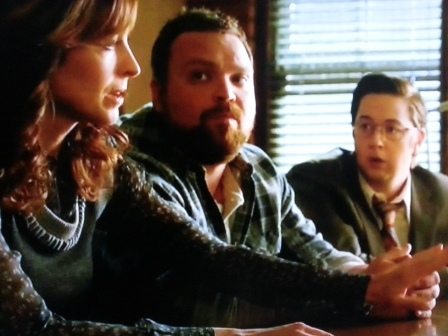
But, Lanie… I think she’s been sniffing far too much formalin, and it’s beginning to pickle the part of her brain in charge of common sense. For example…
How could she possibly guess the size of the round that killed the victim of the week, when all she had to go on was a red spot on the dead guy’s shirt?
She said to Beckett, “Judging by the size of the entry wound I’d say it was a small caliber handgun.”
Well, not only can her Ouija Board tell her the size of the round, it now predicts the type of weapon used. Why not a .22 rifle? Why not a big and heavy .357 with a ten-inch barrel, but loaded with .38 rounds? It’s possible.
You cannot tell anything by looking at a red spot on a shirt other than it’s wet and has a hole in it. That’s it. Besides, without removing the shirt and/or conducting an examination, you couldn’t even be absolutely sure there was a wound beneath the red spot.
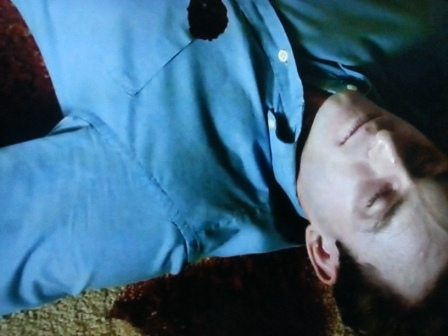
I finally figured out why we never see Lanie from the rear. I’m fairly certain there’s one of those pull rings back there that we used see on talking dolls. Marlowe pulls Lanie’s string and she says…

Okay, let’s put this lividity thing to rest once and for all. Lanie, Marlowe, and the rest of you out there in CastleLand, please read this section if don’t read anything else (I know a few of you read this blog, so there’s no excuse for these errors).
Even Castle knows better.

Lividity (sigh) is the pooling of blood at the lowest areas of the body. The process starts as soon as the heart stops beating. Picture yourself holding a garden hose, aiming a stream of water at your prize-winning onions. Suddenly, the water stops flowing (you forgot to pay your water bill). What happens to the water in the hose? It no longer has the pressure to send it to your garden (like a heart pumping blood throughout the body), so gravity takes over and pulls it to the lowest section of the hose.
Likewise, when the heart stops beating, blood is pulled (by gravity) to the lower areas of the body, where it begins to leak into and stain the tissue there. That stained tissue takes on a purplish color. If the victim is found lying face up, the back, and the back of the extremities will present the purple coloring. If the victim is lying face down, the chest, stomach, etc. will exhibit the purple tint.
So how do investigators and medical examiners know if lividity is present? THEY LOOK AT IT. THEY INSPECT THE BODY.
And, to inspect those areas what needs to happen? THE CLOTHING MUST BE REMOVED.

There is absolutely no way Lanie could offer any kind of information about the presence of lividity on this week’s dead guy. No way. Unless, of course, she’s wearing her x-ray specs.
Same thing for the liver temperature. Can’t check it without at least, as Melanie pointed out, pulling the shirttail from the pants.
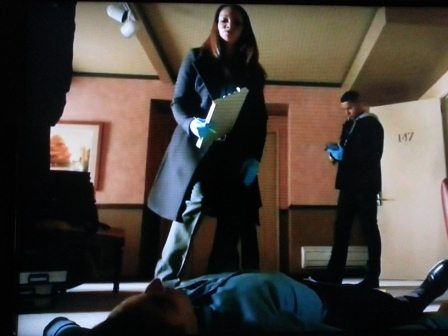
So, my writer friends, are we good on lividity?

I thought so.
Oh, Beckett, it’s BOLO (Be On The Lookout), not APB. You had it right for so long, but have somehow slipped back into your old and evil ways.
I guess the relationship aspect was okay this week, but the case? Not so much.
By the way, what happened to the intelligent Castle, the guy who thought like Holmes and Poirot, and was able to solve these odd cases? Instead of the old Castle, we now have a fourth Stooge—Moe, Larry, Curly, and Castle. At least he did come up with the refrigerator door/water bottle thing. Still, the slapstick, dumb guy routine is wearing a bit thin.
However, Pi is gone and that’s a good thing. A really good thing.
So we’re done with this episode, and we hope to see you here again next week. Until then, here’s a song from the Led Zeppelin IV album. Any idea what its (the song) connection is to me?
background: #bd081c no-repeat scroll 3px 50% / 14px 14px; position: absolute; opacity: 1; z-index: 8675309; display: none; cursor: pointer; top: 2657px; left: 20px;”>Save



